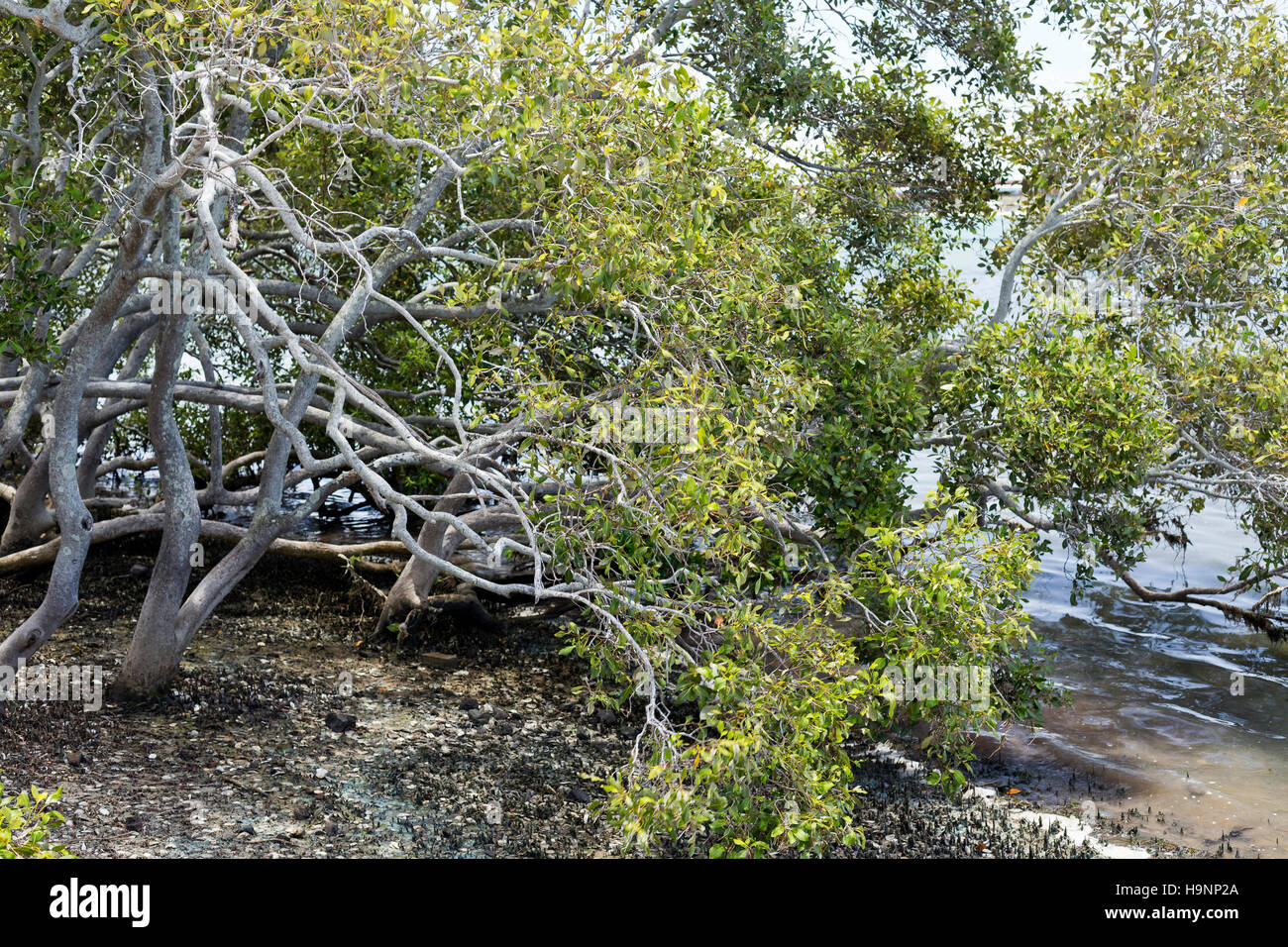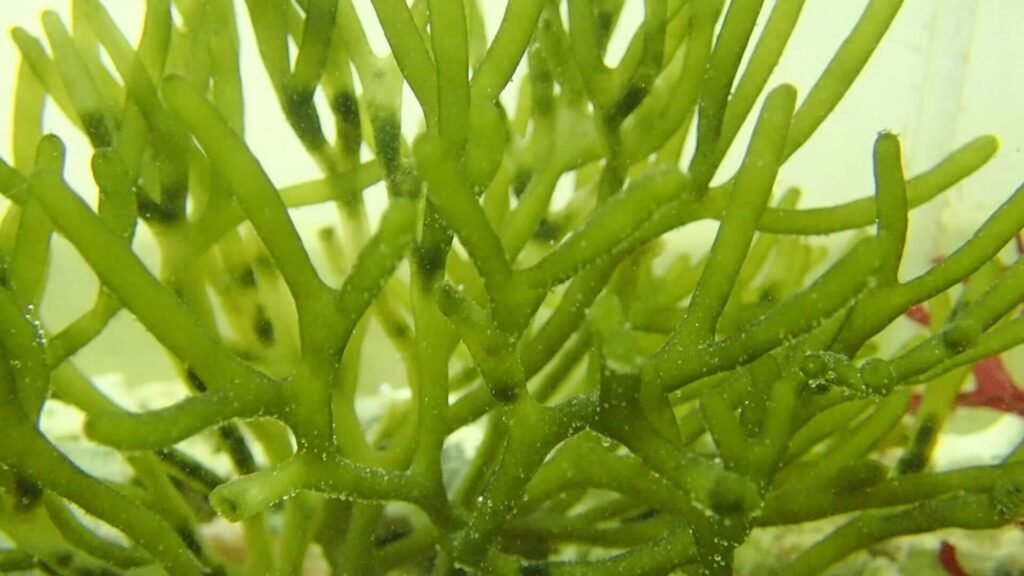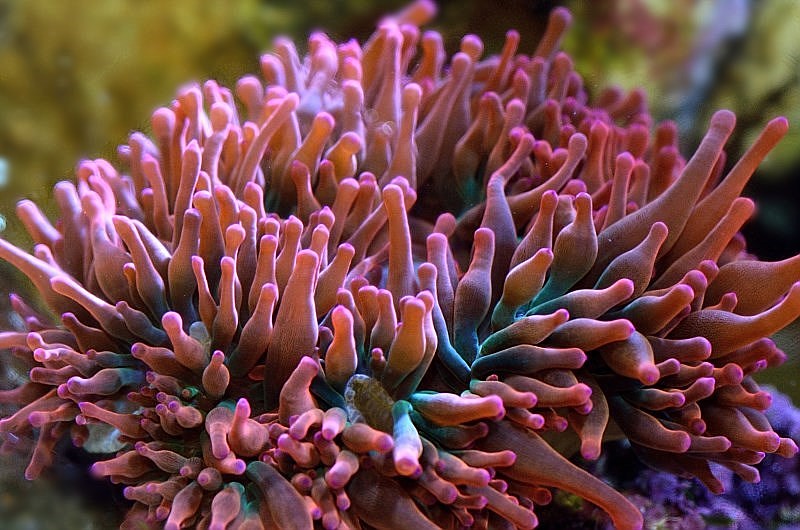Spartina alterniflora (), halophyte. halophyte a salt-tolerant plant that grows in soil waters high salinity, coming contact saline water its roots by salt spray, as saline semi-deserts, mangrove swamps, marshes sloughs, seashores.The word derives Ancient Greek ἅλας (halas) 'salt' φυτόν (phyton) 'plant'.
 Salt damages plants it messes the cells absorb water. plant isn't adapted salty (or haline) conditions wouldn't long a salt marsh coastal area. Salt water reduce plant growth photosynthesis. leads an imbalance nutrients ions. alters plant hormone production action. .
Salt damages plants it messes the cells absorb water. plant isn't adapted salty (or haline) conditions wouldn't long a salt marsh coastal area. Salt water reduce plant growth photosynthesis. leads an imbalance nutrients ions. alters plant hormone production action. .
 residue the biggest obstacles seeding establishing plant materials wet saline sites. is very important take advantage organic matter (plant litter), if salinity/sodicity associated a high water table. growing plants act a biological pump, keeping water table enough
residue the biggest obstacles seeding establishing plant materials wet saline sites. is very important take advantage organic matter (plant litter), if salinity/sodicity associated a high water table. growing plants act a biological pump, keeping water table enough
 Sugar beet almond be to grow saline soils therefore be called facultative halophytes. . the presence soluble inorganic salts soil evidently interferes the absorption water non- halophytic plants, saline soils long considered 'physiologically dry (Schimper, 1898), certainly .
Sugar beet almond be to grow saline soils therefore be called facultative halophytes. . the presence soluble inorganic salts soil evidently interferes the absorption water non- halophytic plants, saline soils long considered 'physiologically dry (Schimper, 1898), certainly .
 Plants show optimum growth saline habitats, their appearance non-saline habitats. 3. Supporting halophytes: Non-aggressive plants are capable growing saline. 4. Accidental halophytes: Plant grow in marsh saline habitats accidentally. Steiner (1935) classified salt marsh plants the three types:
Plants show optimum growth saline habitats, their appearance non-saline habitats. 3. Supporting halophytes: Non-aggressive plants are capable growing saline. 4. Accidental halophytes: Plant grow in marsh saline habitats accidentally. Steiner (1935) classified salt marsh plants the three types:
 The correct option B Halophytes halophyte a plant, that grows in waters high salinity, coming contact saline water its roots by salt spray, as saline semi-deserts, mangrove swamps, marshes sloughs, seashores.
The correct option B Halophytes halophyte a plant, that grows in waters high salinity, coming contact saline water its roots by salt spray, as saline semi-deserts, mangrove swamps, marshes sloughs, seashores.
 Plants stressed high salt levels unhealthy may more vulnerable pests diseases. Plants vary their ability tolerate saline soils. Plants adaptations grow in saline soils called "halophytes" salt plants. plants generally in coastal areas, salt-water marshes, in
Plants stressed high salt levels unhealthy may more vulnerable pests diseases. Plants vary their ability tolerate saline soils. Plants adaptations grow in saline soils called "halophytes" salt plants. plants generally in coastal areas, salt-water marshes, in
 Several these salt-loving plants grow Bottomless Lakes State Park. You'll notice much the soil is white salty. salts form underground water gypsum salt travels upward the rocks soil the surface. the water evaporates, gypsum salt crust helps create special niche .
Several these salt-loving plants grow Bottomless Lakes State Park. You'll notice much the soil is white salty. salts form underground water gypsum salt travels upward the rocks soil the surface. the water evaporates, gypsum salt crust helps create special niche .
 Most gardeners nourish plants non-saline water (less 0.7 dS/m). Virginia coastal areas have brackish water (0.7 2.0 dS/m) saline water (above 2.0 dS/m). of collect rainwater nourish gardens (0.02 0.05 dS/m). Rain, non-saline brackish waters that soluble salts
Most gardeners nourish plants non-saline water (less 0.7 dS/m). Virginia coastal areas have brackish water (0.7 2.0 dS/m) saline water (above 2.0 dS/m). of collect rainwater nourish gardens (0.02 0.05 dS/m). Rain, non-saline brackish waters that soluble salts
 In halophytes (called neohalophytes), plant biomass increases under lowered salinity thresholds (usually 100 mg soluble salts %) (Fig. 6). Fig. 6. . Marine plants grow immersed saline water float surface. Contejean underlined importance soil its chemical composition defining ecological groups plants .
In halophytes (called neohalophytes), plant biomass increases under lowered salinity thresholds (usually 100 mg soluble salts %) (Fig. 6). Fig. 6. . Marine plants grow immersed saline water float surface. Contejean underlined importance soil its chemical composition defining ecological groups plants .
 Plants That Grow In Salt Water
Plants That Grow In Salt Water

